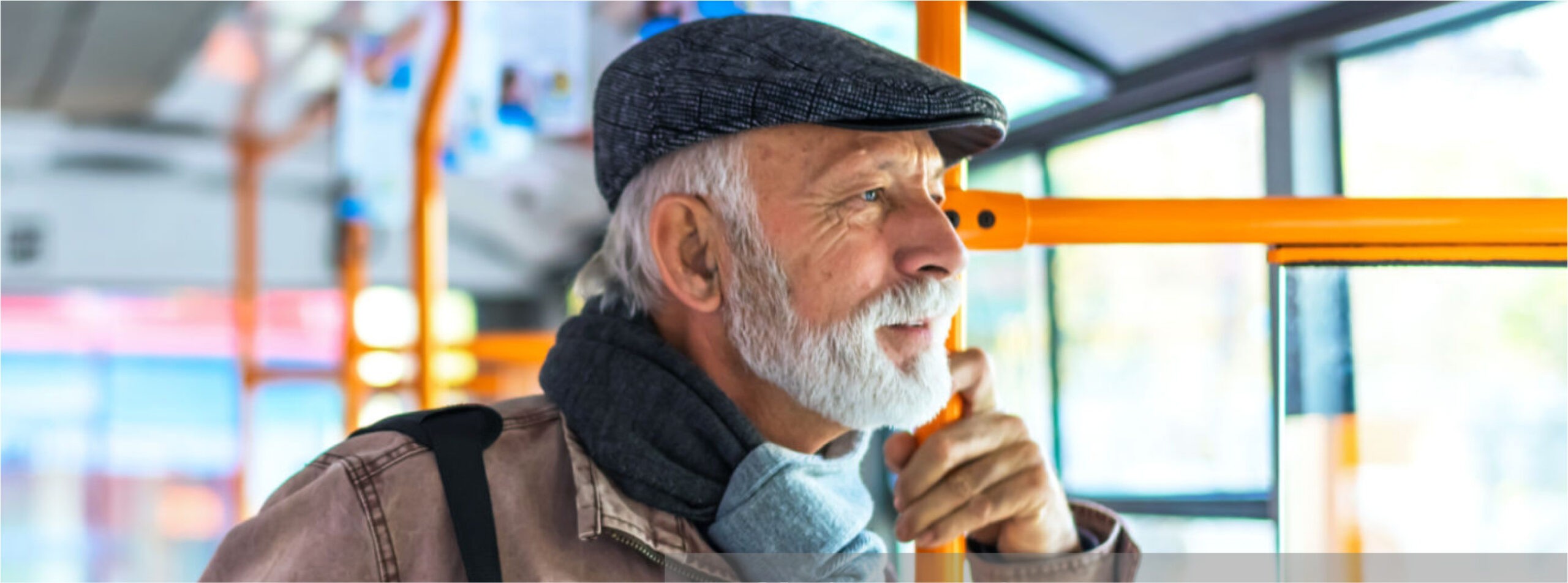How can antiviral composites help prevent viral transmission?
The COVID-19 pandemic led to a revaluation of hygiene practices across all countries and sectors. New, more stringent sanitation procedures have been implemented to help minimize transmission. However, developments in materials science could play a role in stopping the spread of viruses even further. Here, Kim Sjödahl our Senior Vice President for technology and R&D , explains how composites enhanced with the antiviral Protector™ solution could help to make our world a safer place.
Viruses are estimated to be responsible for 60 per cent of all human infections worldwide. For many years, it was thought that viruses could only be transmitted through person-to-person contact or airborne droplets. However, as advancements in virology have been made, the role of inanimate objects and surfaces in transmission has become apparent.
Surfaces can become contaminated either through direct contact with infected bodily fluids or indirectly through contact with other contaminated objects. These objects, known as fomites, carry the virus between people, enabling continued transmission. Although practices such as social distancing and personal hygiene play a role in limiting infection spread, there are, of course, some scenarios where contact with other people and with frequently-touched surfaces cannot be avoided — namely when travelling and in the workplace.
In these circumstances, it is essential that other precautions are taken to keep the environments safe, and cleaning and disinfecting surfaces frequently is an important part in keeping public spaces sanitary. However, integrating antiviral properties into commonly touched surfaces, rather than onto them, could be a more durable solution.
Integrated solution with Protector™
Our antiviral Protector™ solution is a resin formulation, integrated into the composite material itself. Composite materials are typically formed of fibers dispersed in a matrix, known as a resin, which holds them together. Further properties can be incorporated into a composite material by combining a resin additive with the matrix.
Protector’s efficacy against the 229 E strain of human coronavirus was tested by a third-party laboratory in France in accordance with ISO standard 21702, which determined that it reduced viral load by 99.9 per cent after 24 hours when compared to non-enhanced composites.
Existing antiviral solutions are typically manufactured using a treatment, such as a spray, coating or membrane that is fixed to the surface of the material. However, the antiviral protection that’s given to these materials only lasts as long as the surface treatment — with regular wear and tear, the antiviral properties will inevitably diminish.
The advantage of integrating the solution into the material itself is that the composite achieves a homogenous distribution of the antiviral additive. Scuffs, scratches and other damage will not affect the functionality of the composite, meaning that it will continue to protect and inhibit viruses throughout its lifetime, no matter how harsh its environment.
Secure cleaning operations
Naturally, the COVID-19 pandemic has placed a greater emphasis on the sanitation of both public and private spaces. The cleaning and hygiene industry plays a pivotal role in slowing the rate of transmission through contact with surfaces. Hand sanitizers and disinfectants have become commonplace, but less thought is given to the cleaning tools themselves.
Brooms, mops and other hand-held tools are often shared among cleaning teams, so keeping these tools sanitary is an essential safety requirement. Existing sanitizing solutions, such as disinfectants, require reapplication several times daily, while surface treatments do not guarantee long-lasting protection. Therefore, each of these procedures can easily lose its ability to secure a COVID-free environment — they simply do not offer adequate defense.
Composite tool handles already offer significant advantages over their wood and metal counterparts. Their lighter weight, excellent insulation and resistance to corrosion, oxidation and rust make for comfortable, long-lasting use. Integrating an antiviral resin additive into the tool handle itself, as well as the hand grips and end plugs, gives users peace of mind that they can complete their tasks with increased protection against germs and viruses, without compromising on the tool’s mechanical properties.
Protected public transport
Public transport systems are vital for many people as well as for local economies. Pre-COVID, the International Association of Public Transport estimated that there were over 240 billion journeys made each year on buses, trams, metros, ferries and local trains. Although this figure dropped dramatically in 2020, this essential service must be able to operate securely to protect drivers and passengers.
With such a high footfall, it is important to incorporate antiviral solutions into all of the touchpoints in public transport. Grab rails, interior panels, window and door frames and elbow rests all risk becoming potential virus carriers. Incorporating durable antiviral protection is important not just for today’s COVID-19 pandemic, but also as an improved hygiene measure for future security.
As with tool handles, although surface treatments can inhibit viruses and offer easy installation, they also require regular replacement to guarantee their efficacy. Public transport notoriously suffers from wear and tear, so it’s likely that antiviral surfaces will not last long. Antiviral surface treatments, such as tapes, typically include wear indicators and require a regular level of continual maintenance to ensure the treatments are not worn out. For a more durable solution guaranteed to protect passengers and operators throughout the bus, train or tram carriage’s lifetime, Protector enhanced composites are antiviral right down to their core. Since the resin additive is embedded into the material, the entire surface is protected, including areas that alternative cleaning methods are unable to reach, such as air ducts. These potentially virus-laden surfaces risk carrying the virus between individuals, so keeping them protected through an integrated solution provides a clear advantage.
The antiviral Protector™ solution can be integrated into any fiberglass and carbon fiber solutions for transportation, tool handles and beyond.
